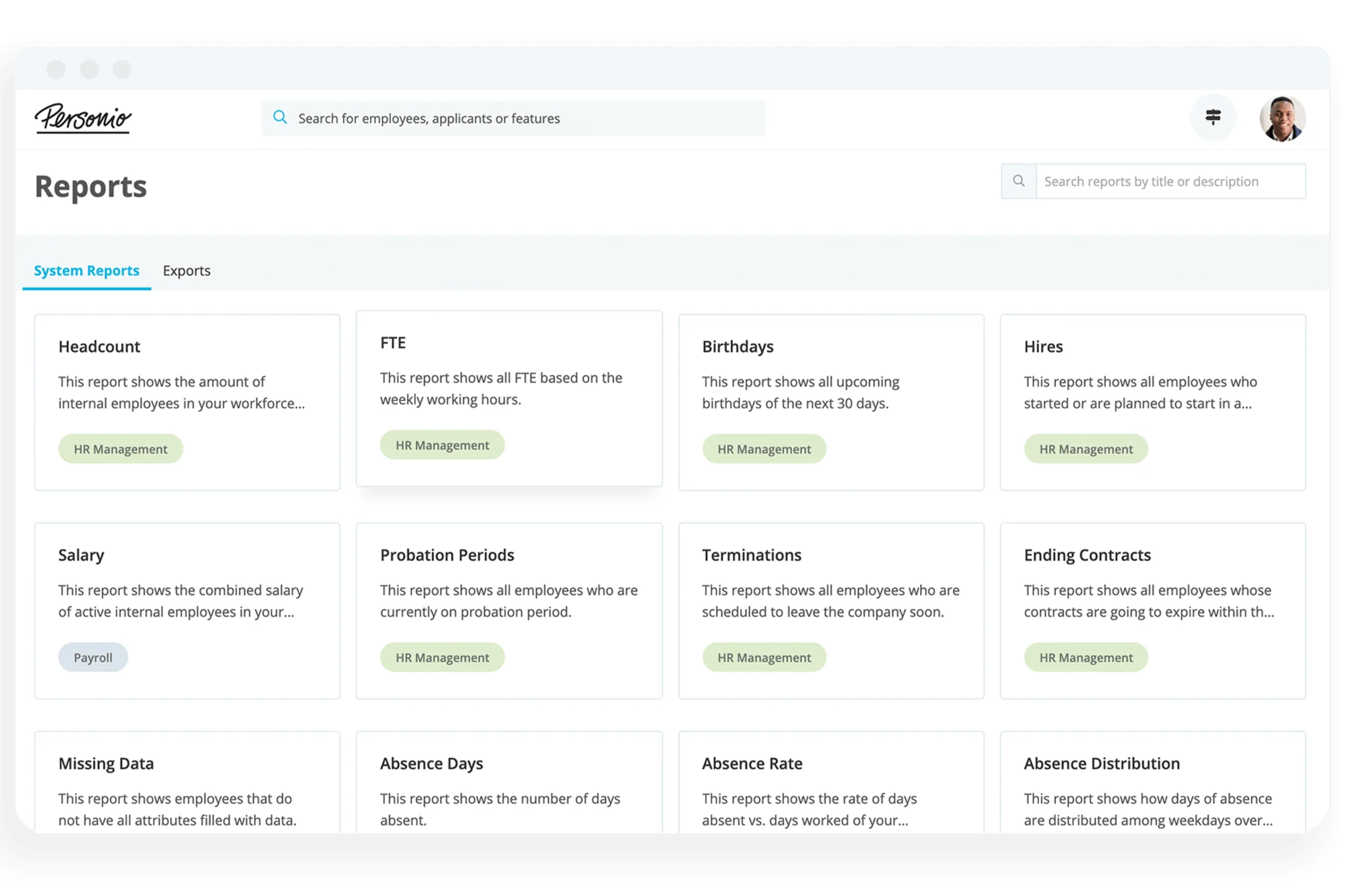Participative Leadership: Does It Really Work?

In this article, we explain the ins and outs of participative leadership. Below is a comprehensive overview of what it is and the type of leaders who use it so you can make an informed decision on whether to encourage participative leadership within in your organisation.
Key Facts
Letting your employees participate in the decision-making process is the cornerstone of a participative leadership style.
A participative leader must be approachable to encourage employees to freely voice their opinions.
When properly implemented, participative leadership can lead to higher employee engagement and retention rates.
What is Participative Leadership?
Participative leadership is a leadership style defined by leaders who promote and rely on an inclusive, collaborative mindset. These types of leaders engage with their employees and actively include them in the decision-making process.
A participative leadership style promotes greater collaboration among a team and discourages assigning blame when something goes wrong. With the increased capacity to work as one, teams begin building stronger bonds and foster a more positive work environment overall.
The 5 Key Traits of Participative Leaders
A participative leader is someone who values the various perspectives of their team members and works to keep them involved in the decision-making process.
In addition, they ensure that their team is aware of their contributions and how important they are to the project’s success. Many leaders with a participative leadership style share several key behaviours that help ensure its effectiveness:
They Let Team Members Participate. One of the most important traits is a willingness to incorporate multiple points of view into the brainstorming process. Leaders who do this understand that differing perspectives bring about more innovative methods to overcome obstacles.
They Keep Team Members Informed. A participative leader ensures that their team remains in the loop about how their performance positively impacts the tasks at hand.
They Are Aware of the Team’s Morale. A participative leader stays on top of employee morale, finding ways to empower the team when morale gets low and ensuring it stays high when it rises.
They Remain Approachable. A participative leader strives to earn a reputation for being receptive to ideas. This encourages greater participation in the decision-making process. Otherwise, their team may be too intimidated to express their ideas.
They Help Their Team Grow. Remaining approachable often involves participative leaders showing interest in their team’s personal and professional development. They often seek out opportunities that may help their colleagues better their skills or their understanding of their responsibilities.
Participative Leadership Styles
While participative leaders tend to share traits, there’s a spectrum to how an individual might approach participation. Where someone falls on this spectrum depends on how much they want their employees to influence the direction of the company.
The styles of participative leadership include:
Autocratic Leadership. This type of participative leadership refers to when a leader welcomes their employee’s input and may allow it to sway their opinion; however, they make the final decision. Leadership maintaining most of the power may dull the benefits usually received by using participative leadership.
Democratic Leadership. Like authoritative leadership, employees are welcome to share their opinions on an upcoming decision, but the leader has the final say. However, if the team has an issue with the result, the leader must explain the reasoning behind their decision and how they reached that conclusion.
Collective Leadership. With this type of leadership, the responsibility of making a decision falls on the entirety of the group. The leader works mostly as a facilitator to keep the group focused on working towards a unified vision and equally dividing accountability.
Consensus Decision-Making. Here, decisions are made with a voting process where most employees within the organisation must agree on a course of action. The leadership works solely as a discussion facilitator, so that employees can make the most informed decision possible.
Participative Leadership: Pros and Cons
Like many leadership styles, participative leadership comes with a series of benefits and drawbacks that only make it suitable for some work environments.
Below, we’ve provided several examples to help you make an informed decision about whether you should introduce this leadership style to your team.
Pros of Participative Leadership
Some of the advantages that a participative leader can bring to your workplace include:
Encouraging Unity Among Employees. Employees can feel like their opinions are not honoured in other organisations, but a workplace with participative leadership at the helm gives employees a place to express their ideas. This platform can help open dialogue about how the greater group should proceed, leading the team to find a more united solution.
Promoting Higher Engagement. Employees tend to feel more loyal towards leaders and companies that support them. Letting them participate in major decision-making shows they are valued beyond the skills directly related to their roles.
Increasing Transparency. Letting employees voice their thoughts and ideas during major decisions keeps everyone in your organisation in the loop. Participative leadership also helps your company hold up to outside scrutiny.
Improving Company Creativity. A participative leadership style encourages various perspectives and ideas to influence how a company proceeds. Shifting to this style can help your organisation avoid using outdated practices and making stagnant decisions; instead, it can breathe new life into their creative process.
Cons of Participative Leadership
While participative leadership can offer several advantages, there are drawbacks to consider before implementing it into your business. For example:
Longer Decision-Making Process. Including more voices while brainstorming typically means it takes longer to reach a decision. Participative leadership could even grind the progress of larger companies to a halt due to the number of opinions to keep in mind.
Less Secure Information. Employees need to know all the facts about a decision before weighing in on it. If your company works with sensitive information, then participative leadership can lead to greater security risks.
Peer Pressure. Certain employee-made groups within your company could want a company decision to go a certain way and lobby others to vote against their opinions. The use of participative leadership could mean you have to ensure workers can have their voices heard without retaliation.
Usually Not Suitable for Larger Groups. Larger companies have to accommodate more voices added to their decision-making process; the more added, the greater the chance of conflicting opinions. A larger workforce can make it more challenging to resolve disagreements in a timely manner.
Frequently Asked Questions About Participative Leadership
What Is Participative Leadership?
Participative leadership is when a company invites its employees to have a say in major decisions to foster greater unity and inclusivity in the workplace.
What Traits Should a Participative Leader Have?
There are several key traits that a participative leader should possess:
An inclusive mindset
An approachable demeanour
A focus on team development
A desire to keep team members involved
A passion for positive team morale
When Is Participative Leadership Good?
Participative leadership takes time to produce results, so it’s best used in low-pressure work environments that avoid tight deadlines.
Encourage Your Team Member’s Opinions With Personio
A participative leadership style is a more democratic way to run a business. Still, a larger company may find it difficult to collect the votes of a larger workforce.
Using Personio’s analytics and reporting features, you can more easily gather your employee’s responses and see the final result at a glance. Book your free demo to learn how Personio can help you better manage your workforce.
Disclaimer
We would like to inform you that the contents of our website (including any legal contributions) are for non-binding informational purposes only and does not in any way constitute legal advice. The content of this information cannot and is not intended to replace individual and binding legal advice from e.g. a lawyer that addresses your specific situation. In this respect, all information provided is without guarantee of correctness, completeness and up-to-dateness.


